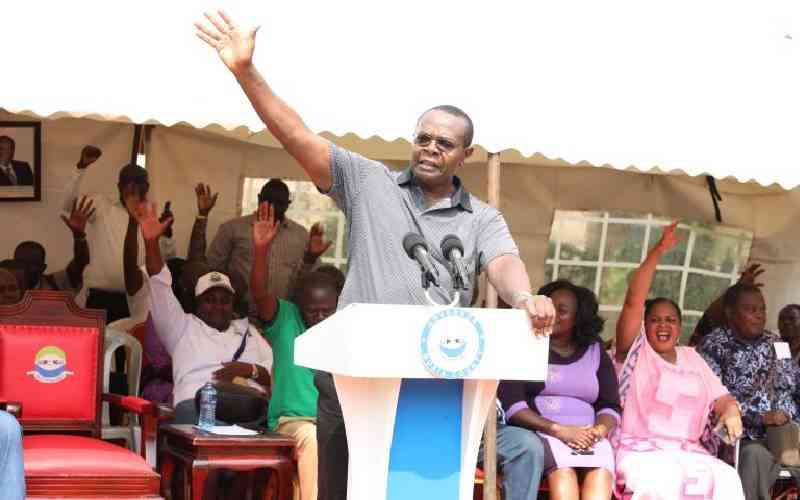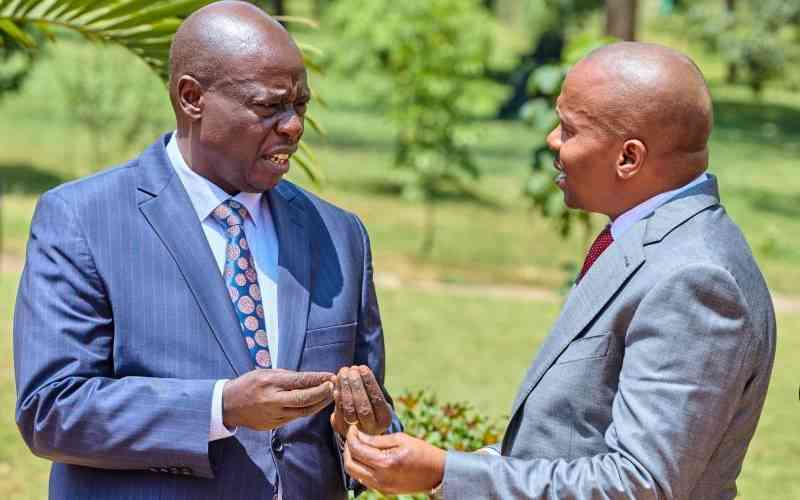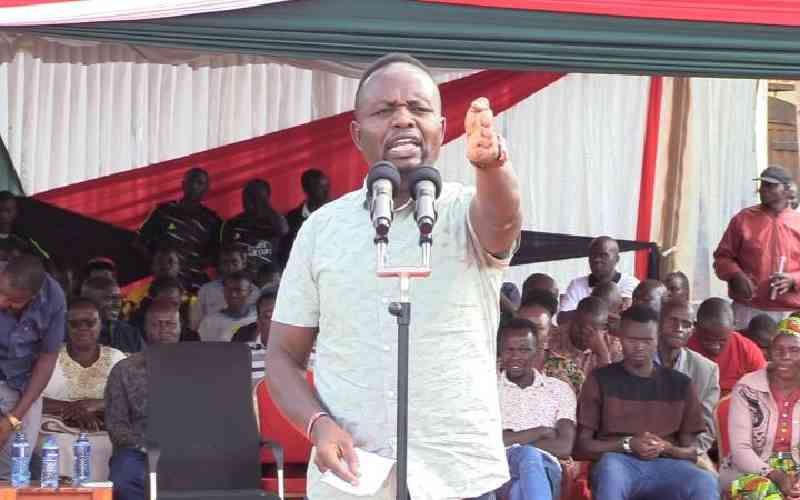Over the past three decades regional integration schemes have mushroomed across Africa, Asia, Europe and the Americas. Regional integration promotes global advantage for businesses of the regional bloc members by creating common markets which open up borders and eliminate import/export tariffs. This increases the bloc’s global competiveness by marshalling the individual States’ potentials and presents their case in unison.
African countries have been working towards integrating at continental level as well as sub-regions. The quest for the East African region to integrate has seen coming together of six states: Burundi, Kenya, Rwanda, South Sudan, Tanzania and Uganda which arguably is a good move. The East African Community (EAC) integration is anchored on four pillars: Customs Union, Common Market, Monetary Union and Political Federation with significant strides already made on the former three. Imperatively, the Political Federation pillar whereby the region envisages a Superstate with a single government makes EAC integration unique.
Successful integration needs a ‘forward-looking’ strategy. The European Union is lauded to be the most successful integration scheme and from which lessons are drawn but the on-going Brexit negotiations have apparently cast a shadow on it. The EU has also been through a number of crises that threatened to tear down the Union. These included: the Eurozone Crisis (2009), the Ukrainian Crisis (2014), and the European Migration Crisis (2015).
However, the EU has weathered these storms and forged forward albeit at a slower pace. This can be attributed to the firm political will from EU member States and the genuine investment by member States whose national governments put long term goals of cooperation above the more immediate domestic priorities.
But most importantly it is the participation of the citizens of the EU member states that has been the driving force for the European project. Through representative democracy where EU citizens directly choose their representatives to the European Parliament and indirectly through the European Council, give the masses a say in the affairs of the scheme.
Closer home however, the EAC is designed in such a way it is ‘owned’ by the ruling political classes of the member states. Final decisions in EAC rest with the Summit and this makes integration susceptible to hijacking by the ruling elite. The recent postponement of the 20th EAC Summit can appear an ordinary occurrence but a deeper analysis of the scenario and reasons fronted point to a simmering crisis. Burundi which didn’t send a representative for the Council of Ministers meeting and the subsequent Summit seems to have a bone to chew with Rwanda.
This is never a good sign especially for a regional bloc with so much to benefit from the integration as already seen in partnerships with other global entities. It is time the integration project is entrenched in the citizenry so that the people can be at the centre of it. Unlike in the EU, members of the Eala are appointees of the political class and this makes them accountable to the appointing authority.
Being elected through universal suffrage gives one a social contract with the masses who can hold him or her accountable. Citizens should be entrenched in the process. This could include introduction of regional studies in the curricula of member States especially at secondary and tertiary levels.
Additionally, the leaders need to work harmoniously and be willing to resolve any emerging issues as soon as they arise to prevent escalation which may jeopardise the bloc’s interests, reverse gains hence dealing a blow to the region and its people. More importantly, East Africans need each other and should endeavour to make strides in building a formidable regional bloc.
- The writer is Adjunct Lecturer of International Relations and Diplomacy at Riara University. [email protected]
 The Standard Group Plc is a
multi-media organization with investments in media platforms spanning newspaper
print operations, television, radio broadcasting, digital and online services. The
Standard Group is recognized as a leading multi-media house in Kenya with a key
influence in matters of national and international interest.
The Standard Group Plc is a
multi-media organization with investments in media platforms spanning newspaper
print operations, television, radio broadcasting, digital and online services. The
Standard Group is recognized as a leading multi-media house in Kenya with a key
influence in matters of national and international interest.
 The Standard Group Plc is a
multi-media organization with investments in media platforms spanning newspaper
print operations, television, radio broadcasting, digital and online services. The
Standard Group is recognized as a leading multi-media house in Kenya with a key
influence in matters of national and international interest.
The Standard Group Plc is a
multi-media organization with investments in media platforms spanning newspaper
print operations, television, radio broadcasting, digital and online services. The
Standard Group is recognized as a leading multi-media house in Kenya with a key
influence in matters of national and international interest.







